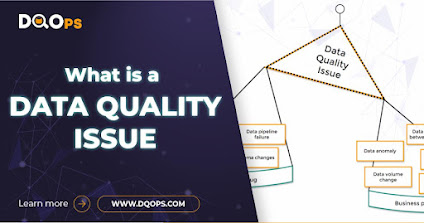Limitations of predictive analytics. (1)
Data dependency and Quality Issues
It illustrates the point of the best forecasts as the purity of the feedstock of data. When the data is defective in one of the following: whether the data is limited, old, inconsistent, fake, then the predictive capability will in many cases show a bias. A very smart algorithm cannot make correct predictions if the input data is not correct. On the other side, good cleansing and control of the data must be a recurring issue.
Predictive analytics is a kind of forecasting and decision-making that heavily depends on data. In case of any error or omission up to the point that wrong data is put into the system, the result will definitely be wrong. This kind of situation is often referred to as "garbage in, garbage out." If, to illustrate, the sales data is outdated and is full of errors, the projected sales made could, from a future point, be very far away from the correct figures, maybe even go wrong. In reality, the predictive tools never exceed the level of the data that is provided to them. Well-known examples of how analysis can manipulate the data are the use of a model that has been unilaterally agreed to by a region or customer group that may cause wrong results in the end. The conclusion is that for the models of predictive analytics to give answers, the data they work on must be tidy, updated, and impartial.
Another notable constraint can be the data not being exhaustive. Data may be not representing the whole picture, either due to the intent to neglect an influential feature, or to such bias that would tilt the result to a set outcome. For instance, a single-region-based or a single-customer-based model, such as one of those models, could have been formed and consequently, may shine, but only in the region or group of clients it was based on. That's the reason why in predictive analytics, clean, current, and objective data are quite important to the successful operation of the models.

.jpeg)


Comments
Post a Comment